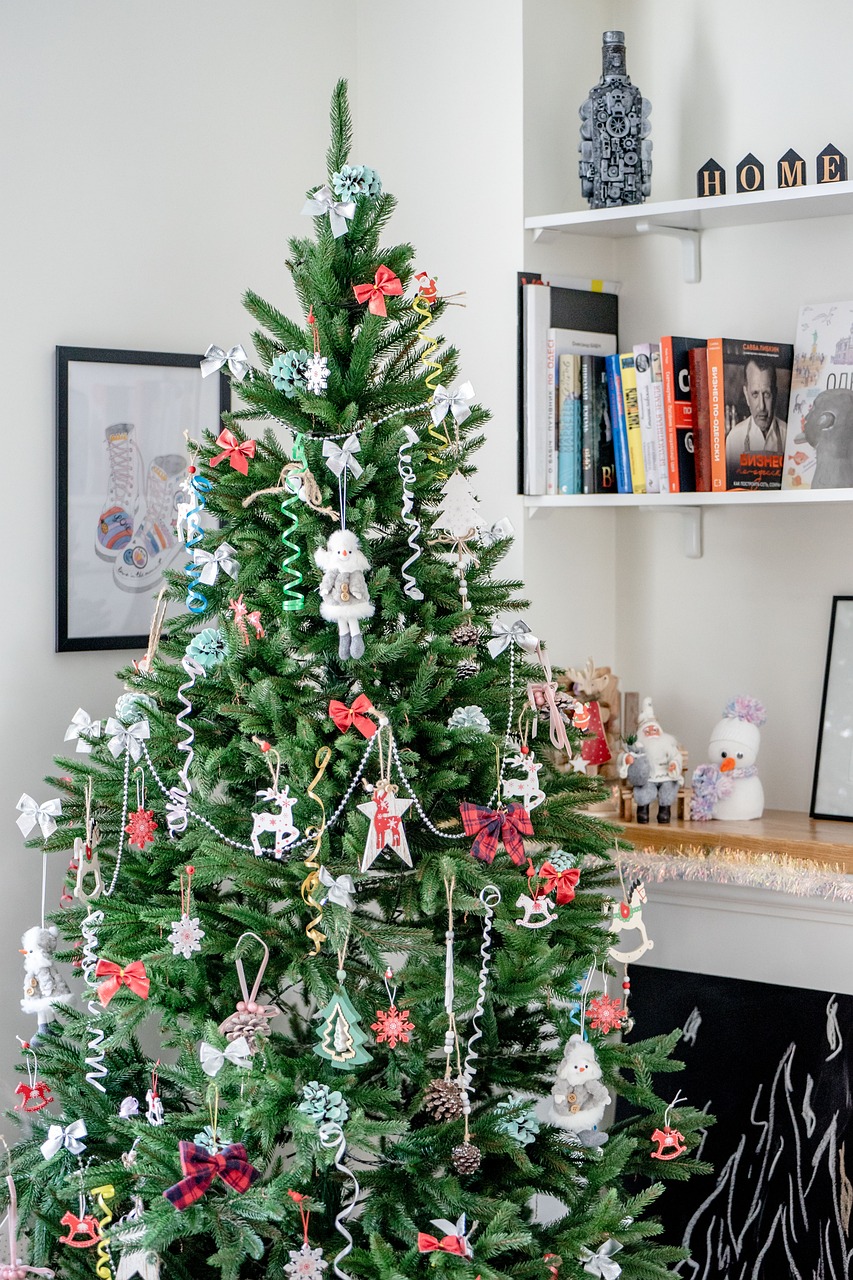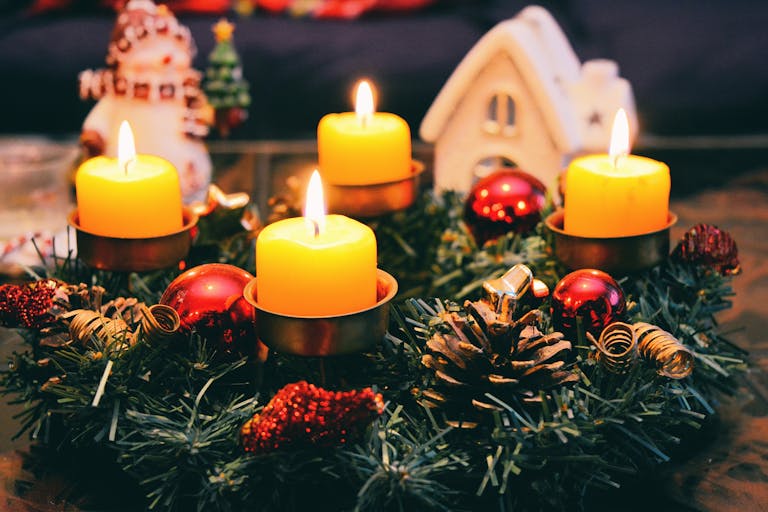Real vs. Artificial Christmas Tree: Which is Better?
The holiday season often brings a familiar debate: Should you go for a real Christmas tree or stick with an artificial one? While both have their merits, the environmental impact of each option might surprise you. Let’s explore the facts to help you make an eco-conscious choice this Christmas.

Real Christmas Trees: Nature’s Festive Option
Environmental Benefits:
- Real trees provide numerous benefits to the ecosystem while they grow. They absorb CO2 and release oxygen, contributing to cleaner air.
- These trees also serve as habitats for various birds and small mammals, enhancing biodiversity.
- Once the season is over, real trees are biodegradable and can be repurposed as mulch, compost, or even underwater habitats to support aquatic ecosystems.
Carbon Footprint:
- A real tree’s carbon footprint is approximately 3.5 kg of CO2 if disposed of via composting, wood chipping, or burning.
- If sent to a landfill, the footprint increases to 16 kg of CO2, due to methane emissions during decomposition.
Sustainable Practices:
- Many Christmas tree farms operate sustainably, planting 1 to 3 new seedlings for every tree cut down. These farms often utilise steep hillsides unsuitable for other agriculture, preventing land development and preserving wildlife habitats.
- The average Christmas tree takes about seven years to grow, providing environmental benefits throughout its life.
Considerations:
- Not all real trees are sustainably sourced. Ensure your tree comes from a reputable farm rather than being harvested from primary forests.
- Growing Christmas trees requires resources like water and, in some cases, herbicides or pesticides, which can impact local ecosystems.
Artificial Christmas Trees: A Long-Term Choice?
Material and Manufacturing:
- Artificial trees are typically made from petroleum-based plastics (like PVC) and metal, making them non-biodegradable and challenging to recycle.
- The production process generates greenhouse gases and can leak harmful chemicals into the environment.
- Most artificial trees are manufactured in developing countries and shipped internationally, adding to their carbon footprint through long-haul transportation.
Carbon Footprint:
- An artificial tree’s carbon cost is around 40 kg of CO2. To offset this, the tree must be reused for at least 12 years to match the environmental impact of annual real trees.
Longevity and Use:
- While artificial trees can last many years, they eventually end up in landfills, where their plastic components persist for thousands of years, contributing to ocean and soil pollution.
Making an Eco-Friendly Choice
Whether you prefer the pine scent of a real tree or the convenience of an artificial one, here are tips to minimize your environmental impact:
- Choose a Local, Sustainable Real Tree
- Buy from small-scale farms that practice sustainable forestry.
- Avoid trees treated with harmful pesticides or fertilizers.
- Opt for a Live Potted Tree
- Reuse it year after year or plant it outdoors after the holidays.
- Repurpose Your Tree
- Compost or mulch your real tree.
- Donate it to restoration projects or use it creatively, such as making coasters from the trunk or building garden frames.
- Invest in a Second-Hand Artificial Tree
- Purchasing pre-loved trees reduces the demand for new manufacturing and lowers your environmental footprint.
- Decorate an Outdoor Tree
- Instead of cutting down a tree, decorate a living tree in your yard or a local green space for a festive, zero-waste solution.

Conclusion
While artificial trees may seem like the logical sustainable choice due to their longevity, the environmental costs of production and disposal are significant. On the other hand, real trees, particularly those sourced sustainably, provide numerous ecological benefits.
This holiday season, consider how your festive traditions can align with your commitment to the planet. Whether you’re choosing a real tree, an artificial one, or an alternative like a potted or outdoor tree, there’s a green option for everyone. Happy holidays!
Check out this post for some magical eco-friendly Christmas decorations.



